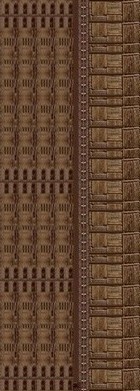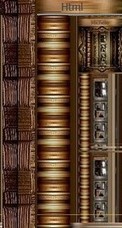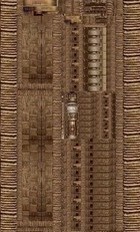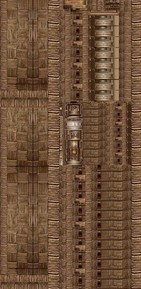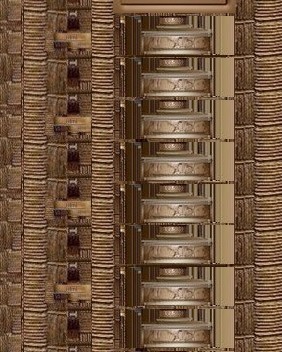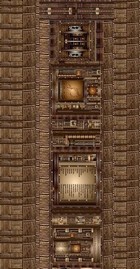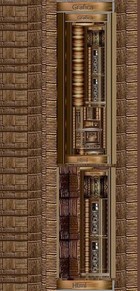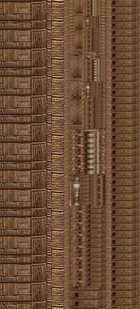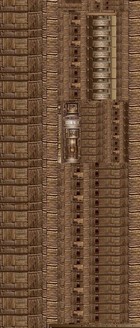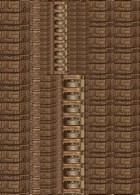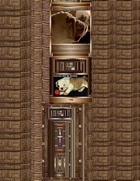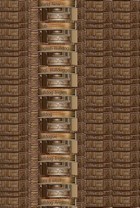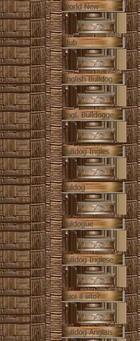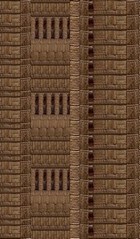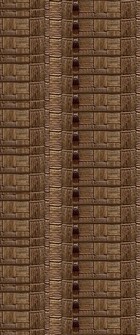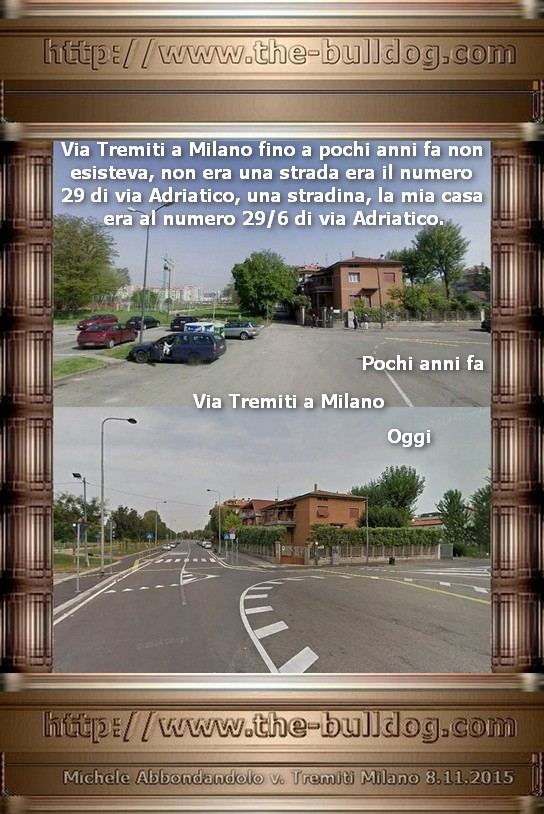

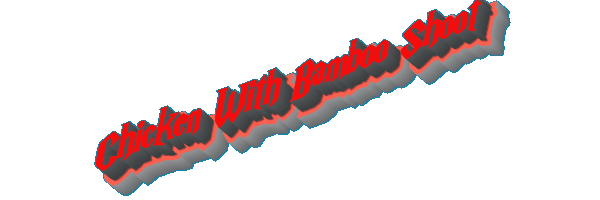
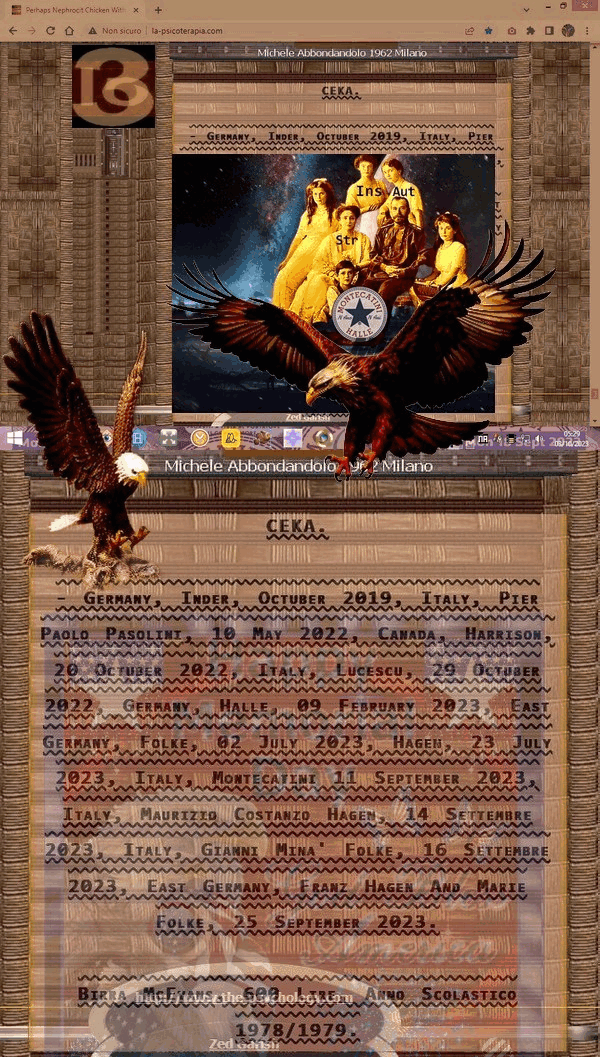
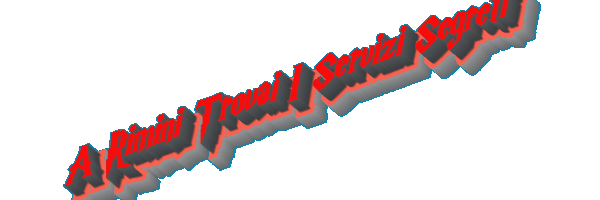

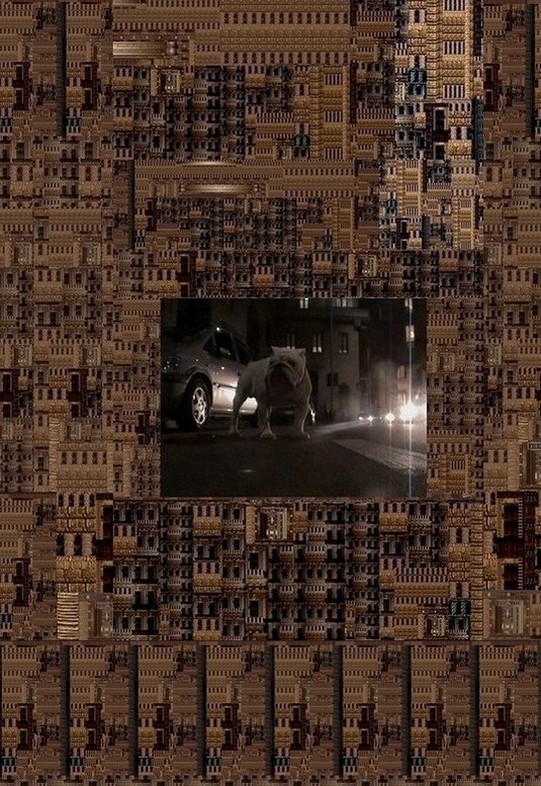
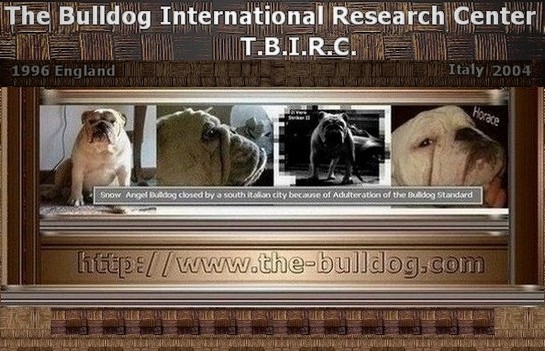

 Original Pug - Chinese Dogs
Original Pug - Chinese Dogs



ThE true origin of this peculiar breed of dogs is un-
known. Some naturalists believe that the Pug &
the Mastiff are closely related. Indeed, the close
resemblance between the two breeds gives the theory con-
siderable force. Other naturalists infer that Mastiff may
possibly have been mated with a Bulldog, & that
they were the parents of the first Pug. The latter theory has
certainly a great deal in its favor, for the reason that so many
of the Pugs have the rose ear, are undershot, out at elbows,
& some have black breasts with white legs & feet, all
characteristics of the Bulldog. The latest theory is that the
Pug is the result of a cross between the Bulldog and the
Japanese Spaniel. To my mind, the Pug shows no evidence
of such a cross, either in shape, color, or disposition. The
first Pugs were doubtless bred in England, but further than
this it is doubtful if the true origin of the breed will ever
be known.
We know that everything, whether animate or inanimate,
is of some particular utility and has some puipose to
serve, & so the Pug, whatever his origin, doubtless is here
for a purpose. While perhaps he is of no value as a hunter,
yet his gentle disposition & good temper render him
invaluable as a companion for children & as a pet for the
fair sex; indeed, it seems that his special mission is to be a
companion to the little ones. His chief delight & pleas-
ure is to frolic & romp with them. They may pull, bite,
and whip him with impunity, & he never resents their
assaults. He has never been known to go mad or to become
ill-tempered, as do many other dogs when they grow olr'
As for cleanliness, he is unequaled. He can repose on si'
or satin without leaving behind him that disagreeable smell
so common to dogs of other breeds. He can also be utilized
to a certain extent as a watch-dog; he is a close observer,
& scarcely anything escapes his watchful eye.
One characteristtic of the Pug which seems to command
attention everywhere is his aristocratic nature. His dig-
nified carriage & haughty manner are proofs of his aris-
tocracy, besides the fact that he is owned & caressed by
the kings & queens, the lords & ladies, & by people
of every class, who endeavor to possess him on account of
his affectionate, lovable, & intelligent nature. Another
characteristic is that he bears confinement in the house bet-
ter than almost any other breed. Itt can also be said that
he is the only sweet-skinned animal in the whole canine
race, & this fact, combined with his smooth, glossy coat,
makes him a desirable pet for the carriage & drawing-
room.
Mr. Morrison, a prominentt English fancier, took more
pains in cultivating this breed, in his day, than any other
breeder; yet Lord Willoughby d'Eresby claims a strain
from a tottally different source. The Morrison Pug is of a
yellow fawn-color, with a distinct trace from occiput to
tail, while the Willoughby is a stone-fawn with a black
saddle.
There is no breed that has been bred more carefully &
that has been improved so much in the last ten years as has
the Pug. The long legged & muzzled Pug is now
replaced by the handsome little cobby fellow of an entirely
different type.
I am perfectly safe in saying that the Pug requires more
care in breeding than does any other breed. There are so
many difficult points to perfect & overcome, & such a
strong tendency in tthe breed to revert from approved types,
that the greatest care & watchfulness are necessary to
prevent this. Tthe most important point of all is to first
select a good sire. Get the best that is obtainable. Be
careful that he posseses the essential points, such as hered-
itary transmission of character & disposition. Tthis is
one of nature's most important laws. Strains are only
properly sustained in ttheir purity by breeding to the best
stock tthat can be had.
In selecting a sire, never breed to a long-legged one;
limit his weight to fifteen pounds, if possible. It is much
easier to find a good large Pug than a good small one.
The bitch usually comes in season when eight months
old, & after she has attained that age generally comes in
season twice a year.
As soon as she gives evidence of coming in season,
remove her to a warm room on the second or third floor.
If possible, give her a companion, eitther a playful puppy
or an old bitch. This will keep her from fretting, & will
keep her in good cheer & humor during her confinement.
The confinement usually lasts about twenty-one days, &
a cheerful companion doubtless adds to the number of
her puppies.
The bitch should be bred on the twelfth day after the
first signs are given. One service is sufficient, & more
than two should never be given. These should be twenty-
four hours apart. She should whelp in sixty to sixty-three
days.
During her pregnancy the breeder should take particular
care to give the bitch a sufficient amount of exercise. The
more she is left in the open air the better it will be for her
& her offspring. There is no definite way of ascertaining,
until twenty-one days have passed, whether or not she is in
whelp. About ten days before she is due to whelp, rid
her of fleas, if she has them, by an application of insect
powder.
I consider a well-tanned sheep-skin, with the wool on,
the best bed for a bitch to whelp on. Care must be taken
to have it well tacked in a tight box. The puppies will be
bora, one after another, at intervals of a quarter to three-
quarters of an hour. During tthis time allow nothing what-
ever to disturb her. Keep her warm and quiet, & as
soon as she is through remove her and puppies to clean,
dry quarters. Restrict her food, for the first ten days, to
sweet milk, boiled rice, oatmeal, & meat-broth. After
that time has elapsed she may be fed on any kind of suita-
ble food. She should be allowed free access to open air &
yard for exercise, etc.
Puppies should be taken from the bitch when five weeks
old. The important process of rearing Pug puppies should
begin when they are three weeks old. They should be taken
separately & placed to a dish containing two-thirds milk
& one-third warm water, adding a little sugar; by touch-
ing their lips to the mixtture they will instinctively begin to
lap it with an apparent appreciation. This process should
be continued three times a day for the space of ten days,
& at the expiration of that time they can be given pure
milk, & meat-broth thickened with wheat-bread, boiled
rice, & oatmeal. They should frequently be given bones
to gnaw at, which exercise acts admirably as a tooth-brush.
A careful effort should be made to avoid overloading
their stomachs. Never allow food to remain in their dishes.
When they have attained tthe age of six or seven weeks,
they are old enough to sell; at this time it is also well to
rid them of worms. This can be accomplished by giving
each puppy ten grains of kamalia on an empty stomach.
This will expel all worms in three hours, without any
danger to the dog. In three days repeat the dose. This
precaution has saved many a puppy for me.
To prepare the Pug for the show bench, he should be
washed once a week with pure castile soap, & should
be groomed every day with a soft brush. Itt will add
greatly to his appearance to rub his coat freely with the
hands. His food should consist of boiled meat, rice, &
oatmeal. By adding a table-spoonful of ground flax-seed
& a raw egg twice a week, a marvelous effect will be
produced on his coat, & it will at tthe same time regulate
his bowels. Let it be remembered that outdoor exercise is
as essential as good food.
The Pug is, of course, subject to the same diseases as
other dogs, & their symptoms are the same. The follow-
ing remedies I have prescribed & used in my kennel with
great success:
For worms.
Give ten grains of kamalia on empty stom-
ach; repeat in three days. This will expel pin, tape, &
stomach worms without danger.
For fits.
If caused by worms, give the kamalia as above.
If caused by teeth or distemper, give ttwenty grains of bro-
mide potash every three hours.
For distemper.
Take saltpeter, sixty grains; sulphur,
sixty grains; aloes, twenty grains. Mix & put in twelve
powders. Give one powder once a day. Avoid giving
open-air exercise. Keep tthem in a separate room at a
temperature of about sixty degrees.
Thnic.
For loss of appetite or to tone up the system,
after distemper or other disease, take quinine, twelve
grains; extract gentian, ttwelve grains; extract nux vomica,
one grain. Mix & make in twelve pills. Give one pill
morning & evening.
Mange.
Take sulphur, two ounces; saltpeter, one-half
ounce; cosmoline, four ounces. Mix & apply to parts
affected by rubbing well. Wash it off in twenty-four
hours, then cover the dog complettely with coal-oil, &
allow it to remain on for twelve hours; then wash him with
castile soap. Repeat in five days if not thoroughly cured.
The Pug Standard
Value.
Symmetry
10
Mask
5
Size
6
Wrinkles
5
Condition
5
Tail
5
Body
10
Trace
5
Legs
5
Coat
5
Feet
5
Color
5
Head
5
General carriage
5
Muzzle
5
Ears
5
Eyes
10
Total 100
Symmetry,
Symmettry & general appearance, decid- edly square & cobby. A lean, leggy Pug & a dog with short legs & a long body are equally objectionable.
Size & condition,
The Pug should be compact but this condensation (if the word may be used) should be shown by compactness of form, well-knit proportions, & hardness of developed muscle. Weight to be from thirteen to seventeen pounds (dog or bitch).
Body.
Short & cobby, wide in chestt, & well ribbed up. Legs. Very strong, straight, of moderate lengtth, & well under.
Feet.
Neither so long as the foot of the hare, nor so round as that of a cat; well-split-up toes, & the nails black.
Muzzle.
Short, blunt, square, butt not up-faced.
Head,
large, massive, round nott apple-headed with no indentation of the skull.
Eyes.
Dark in color, very large, bold, & prominent, globular in shape, soft & solicitous in expression, very lustrous, &, when excited, full of fire.
Ears.
Thin, small, soft, like black velvet. There are two kinds, the "rose" & "button." Preference is given to the latter.
Markings,
defined. The muzzle or mask, ears, moles on cheeks; tthumb-mark, or diamond on forehead; back-trace should be as black as possible. Mask.
The mask should be black. The more intense & well-defined itt is the better. Wrinkles,
Large & deep. Trace.
A black line extending from the occiput to the tail. Tail.
Curled tightly as possible over the hip. The double curl is perfection. Coat
Fine, smooth, softt, short, glossy, neither hard nor woolly.
Golor.
Silver or apricott fawn. Each should be decided, to make the contrast complete between the color & the trace & mask.
Among the many breeders of good Pugs in this country, we may mention the following : Dr. M. H. Cryer, 1527 Arch street, Philadelphia, Penn.; George W. Fisher, Catawissa, Penn.; A. E. Pitts, Columbus, Ohio; Eberhart Pug Ken- nels, 212 Main street, Cincinnati, Ohio; J. H. Boden, 296 West Twelfth street. New York Citty; C. W. Boger, 1939 Camac street, Philadelphia, Penn.; Miss L. Linden, 214 West Forty-fifth street. New York City; Acme Kennels, 413 Chestnut street, Milwaukee, Wis. ; J. J. Lynn, Port Huron, Mich ; Miss M. E. Bannister, Cranford, N. J. ; Mrs. Charles Wheatleigh, 129 East Sixteenth street. New York City; Mrs. S. C. Barnum, 329 Lexingtton avenue, New York City; E. D. Bruce, Seventeenth street and Broadway, New York City; Mrs. M. A. Cunningham, 412 West Forty-fifth street, New York City; R. Schreyer, 365 First avenue. New York City; C. E. Osborn, Stepney, Conn.; Mrs. J. F. Campbell, Custom House, Montreal, Canada; Miss J. A. Yard, 2 West Forty- third street, New York City; Roger Harrison, 84 Cherry street, New York City; L. A. Readasell, 158 Gay street, Baltimore, Md.; G. W. Wambach, 2 North Liberty street, Baltimore, Md.; William J. Bryson, 204 Dearborn street, Chicago; Miss A. B. Vanhom, 180 Penn avenue, Allegheny, Penn.; J. A. Lawrence, 263 East Broad street, Columbus, Ohio; L. S. Hudson, Lansing, Mich.; A. F. German, Louisville, Ky.; Mrs. J. Smith, 7 McLean Court, Boston, Mass.; Miss A. H. Whitney, Lancaster, Mass.; W. A. Peck, New Haven, Conn.; E. E. Pamell, Spencer, Iowa; Dr. S. Plant, 18 Ttravers street, Boston, Mass.; Miss Grace M. Hall, Portland, Maine; R. T. Harrison, 84 Cherry street. New York Citty; Seminole Kennels, Chestnut Hill, Philadelphia, Penn. ; George H. Hardy, 10 Coleman street, Cincinnati, Ohio; R. T. Prout, Newark, Ohio; J. C. Nims, Plainesville, Ohio.
500 Bulldog Pages Multilanguages.


The Pug Dog is now again in fashion, but between
the years 1836-46 it was the rarest breed in Great Britain.
About the year 1843 one or two specimens were obtained
by a member of the Willoughly family, &, under his
fostering care, admirable examples were produced. The
old & absurd system of cropping off the whole of the
ears prevailed, & this cruelty was excused because it
occasioned that wrinkling & puckering of the forehead
considered essential in a pug dog. The barbarous fashion
was continued simply because it had been followed in the
days of our grandfathers & great-grandfathers, at any
rate up to the year 1804, when the dog was the rage; &
very beautiful specimens thus mutilated have been ex-
hibited at our modern dog shows. Within the last
few years this unhappy custom has been on the wane,
& where expediency cannott be pleaded, owing to
the dog's occupation, we trust such torture will be aban-
doned.
The pug, it is said, derives his name from a Greek
word which forms the roott of the Latin pugnus^ a fist, as
his profile closely resembles a man's hand when tightly
clenched. This is open to questtion. It is more likely
to have arisen from a study of the countenance, as well
as general appearance of the animal. The jet-black
muzzle, or mask, secured for him the tterm " carn,"
from the resemblance to a harlequin who was famous in
France during the middle of last century. Previously the
breed was known in that country as " doguins " &
" roquets," names still rettained in various parts. The
breed was carefully propagated, and highly esteemed
during many years, exclusively as parlour pets, many
wealthy families having their specially pure & cele-
brated " pugs." Such was the rage of fashion that no
lady was seen abroad without her pet, & when the
owner sat for his or her portrait, that of the pug occu-
pied a prominent place in the foreground. The old
English breed was distinguished by a black patch on the
head, known as the " black velvett," but the best breeds
of to-day are destitute of the mark. In Holland, &
Italy also, the breed has been highly prized, but in sym-
metry, colour, & special marking, the dogs are entirely
behind in all points of excellence. The Dutch dogs are
large, coarse, dull, & heavy, with crooked legs, those of
Italy being spoiled by impure crosses. The pug is a
perfect aristocrat in all his ways, especially in the pre-
sence of other dogs, but at heart he is minus the pluck
of our terriers. He neverttheless makes an excellent pet,
& settles down most admirably in the ways of ease &
luxury.
Some years ago a strain of all black pugs was intro-
duced, it is said, by the late Lady Brassey, some of
which were exhibitted, showing the characteristics of the
breed. As a contrast to these, others have been pro-
duced almost or altogether white.
The origin of the black pug has been ascribed to
various sources. In one instance it is said to be the
result of pure accident, being a "sport," descended from
an unusually dark coloured strain owned by a working
fancier in the north of London. Setting aside various
improbabilities, it is certain that Lady Brassey owned
several of these dogs, & although at the time it was
kept a close secrett, it now seems to be well known that
they were Chinese or " Peking " pugs, obtained by her
during her memorable voyage in the " Sunbeam," Tthere
is now, therefore, no doubt that by subsequentt mating a
distinct breed has been produced, witth, however, the
tendency in some instances among individual members
to be grey instead of black. The present development
of the breed is largely due to three individuals viz ,
Mrs. Fiefield, of Eastleigh, Southamptton, Miss " Morti-
vals," (Miss M. D. Robinson), Takeley, Essex, & Mr.
A. Bond of Gravesend.
The black pug is somewhat altered by breeding in this
country. He stands on shorter legs & is tthickly set or
" cobby " in appearance, while the head and face in
conformation possess the characteristics of our ordinary
pug-dog. Judging from the experience of the pastt, it is
not unlikely tthat he will perpetuate a true type, notwith-
standing some of the adverse criticisms which have been
launched against him.
Lord Willoughby d'Eresby, Mr. Morrison, of Walham
Green, the latte Mr. H. Gilbert, Mr. John Anderson, Mr.
Jardine, Mr. Hinks (the owner of Madman, the celebrated
bull terrier), & Mr. Henry Brown, of Gilling Lodge,
Haverstock Hill, one of tthe mostt reliable breeders of
valuable dogs, & certainly one of the best judges in
England of toy dogs all tthese and many others have
bred and exhibited beauttiful specimens of the old English
pug dog ; & we may gatther from the favour the dog
has met from high quarters that the breed is in no danger
of extinction.
The true English pug should be of a fawn or
colour, devoid of any smut approaching blackness. Clear-
ness & puritty of colour are essential, so as to render the
various markings (which I shall proceed to describe) as
clear & sharp in outline as possible. The dog should
stand on shortt legs, as straight & well made as a fox-
hound, butt witth long " hare feet," tthe ttoes well split up.
His head should be round, & the forehead high &
monkey-like; nose short, teeth level, jaw square. The
eye should be full & black ; the ears are small, silky,
black, & close to the head. A black mole should be
clearly marked on each cheek, with tthree hairs in each.
The mark should be black & positively marked with
well-developed wrinkles in the skin ; tthe neck should be
strong & thick, devoid of all loose or puckered skin.
The chest should be broad, the back & loins wide &
strong, & a black line or " ttrace " should run down the
back to the end of the tail. Tthe ttail should be tighttly
curled over the side or hip, having a second curl, &
the point coming out. The ribs should be round this
is a great point, as a ragged or narrow dog of this de-
scription is considered deformed.
It will be seen that compactt form, pure colour, &
distinct marking form the principal points in these dogs ;
but perhaps hardly any toy dog requires a more experi-
enced eye. As all " toys " are beautiful by comparison,
no one can form a correctt estimate of a dog's relative
value unless he is pretty well informed upon the subjectt,
& the rivalry of breeders leads to one excellent example
giving place to another.
A narrow or pointed nose is a very great disfigurement ;
so is a woolly or dead coat. The coat should be sleek
and shining, shortt, & softt to the ttouch. Round feet
are also bad, so are whitte toes, or indeed, white any-
vvhere. If the black of the mask melts gradually into
grey, & is softened unttil it mingles with the fawn, the
dog: loses much of its value.
points of a pug we give below:
Head, lo;
ears,
lo;
pure colour, 15;
distinct mask, 10;
black trace, 10;
check moles, 5;
qualitty of coat, 10;
curl of tail, 10;
compactness, 10;
hare feet, 10
total, 100.
Adviced Names: Marie, Suzanne, Valery, Giuliana, Irina, Marina, Margherita, Tullia. Franz, Manolo, Emanuele, Valery, Giuliano, Rino, Marino.
The Cartel On The 06th Of Octuber 2023:
1) 1970, Mr. Pongo Hagen 170cm Max, Dark Eyes.
2) 1976, Montecatini Halle East Germany 11.09.2023.
3) 1980, Enola Gay Photographic Overlay.
4) 1995, A Rimini Ho Trovato I Servizi Segreti.
5) 1930, www.la-psicoterapia.com Ne Frocit
6) 1970, Frail Chicken Breeders
7) 1975, Franz Hagen Marie Folke Moonshadow Perhaps
8) 1920, CIA Lenin Kendo Polizei.
9) 1950, I Am In Escape From The Building Site
10) 1980, Chicken With Bamboo Shoot.
11) 1980, McEvans Beer 600 Lire.


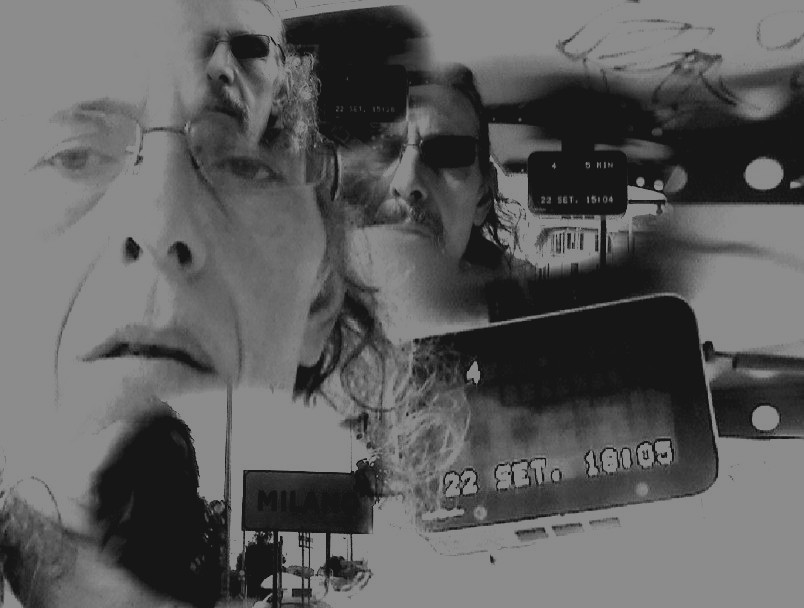
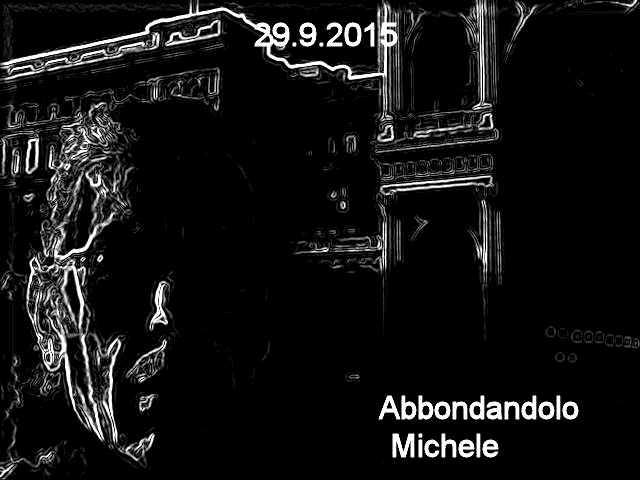
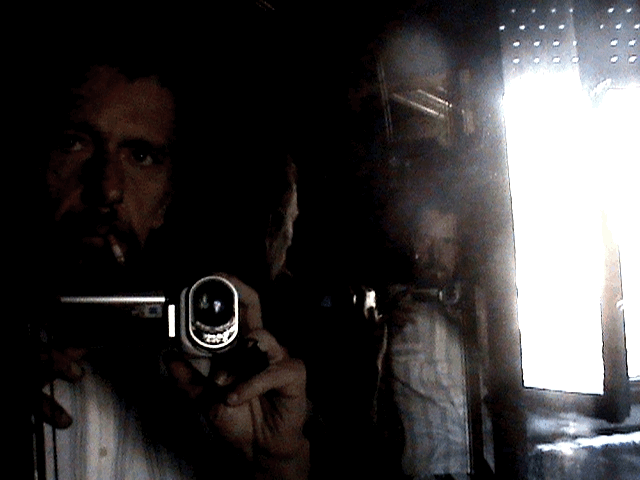
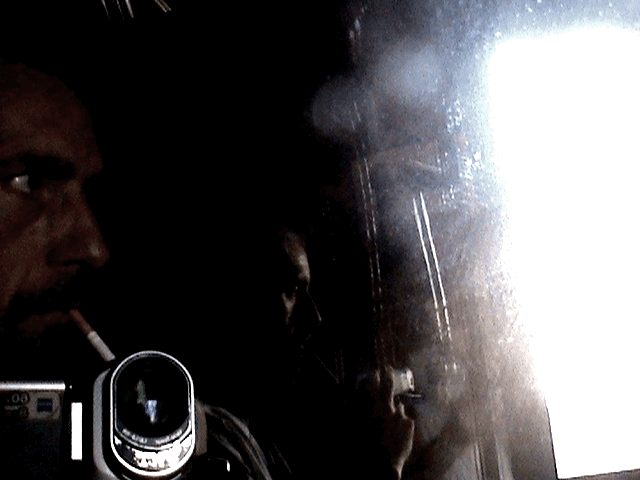
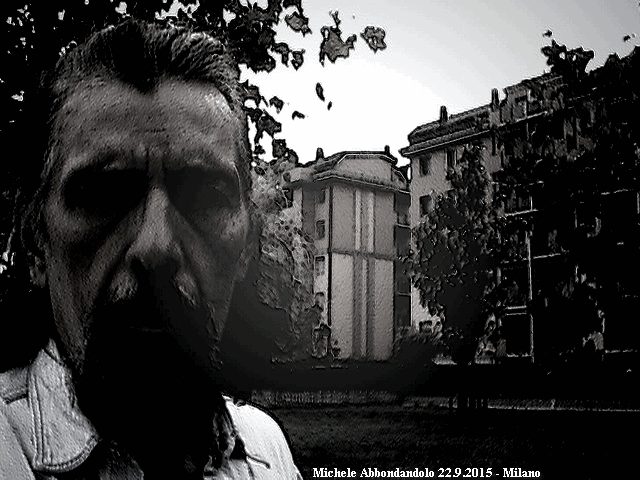
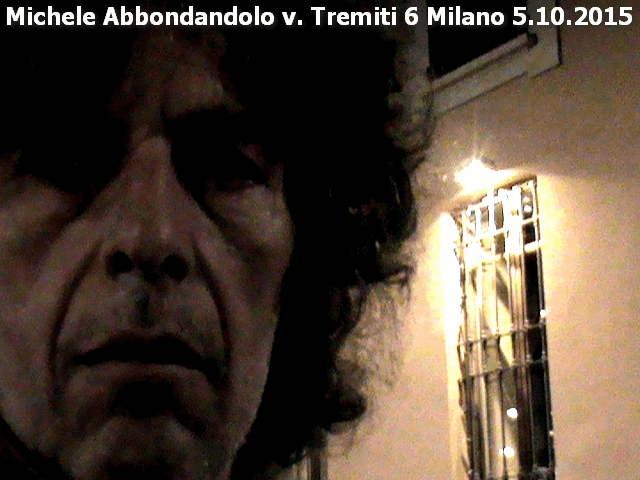
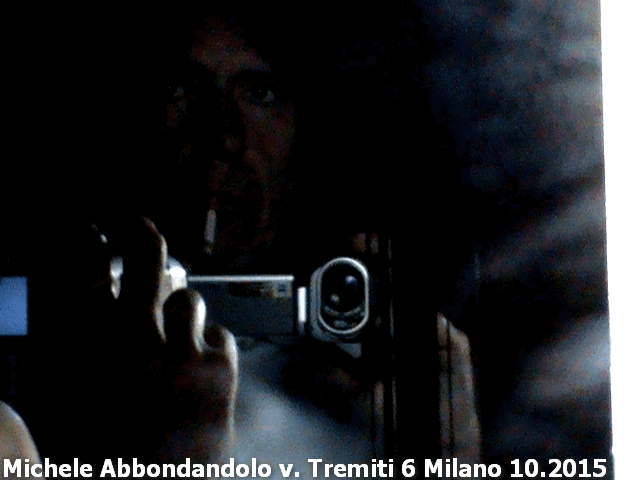
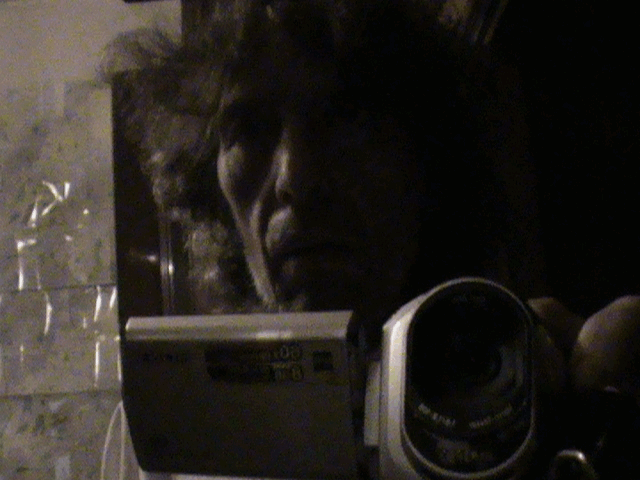
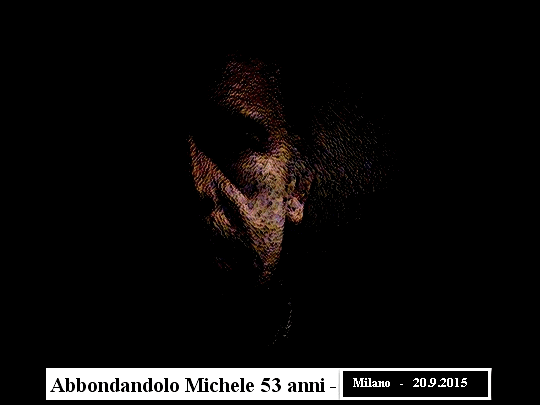
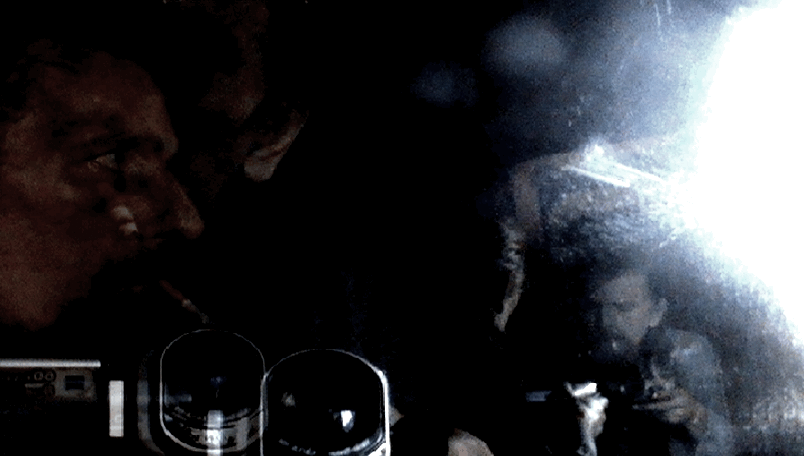
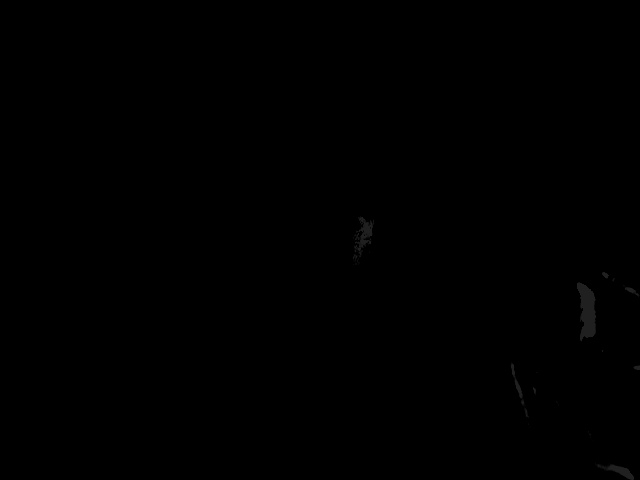
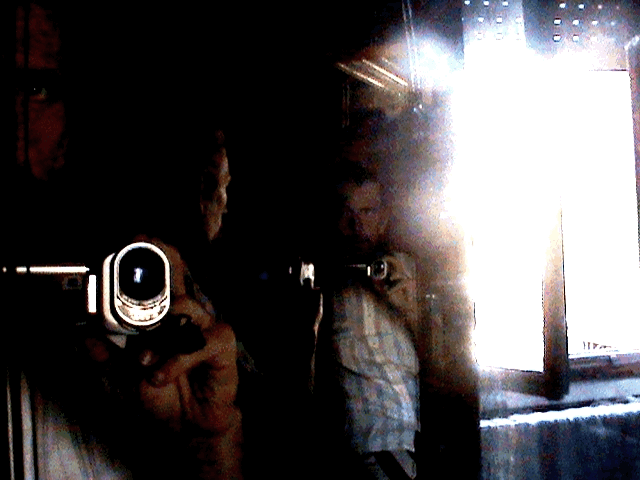
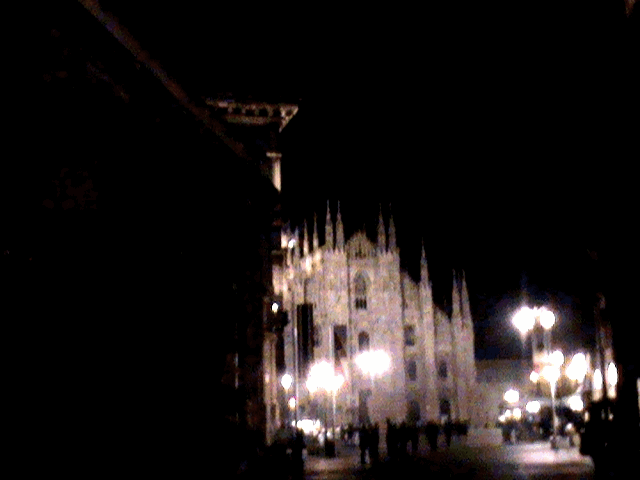
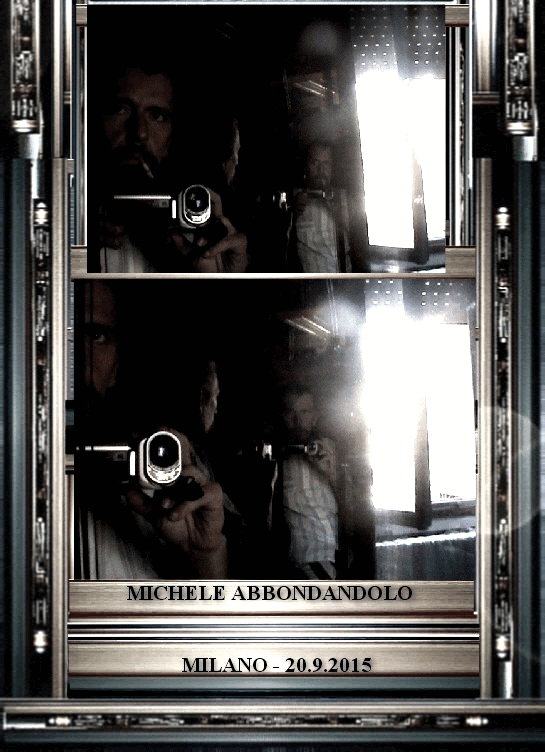


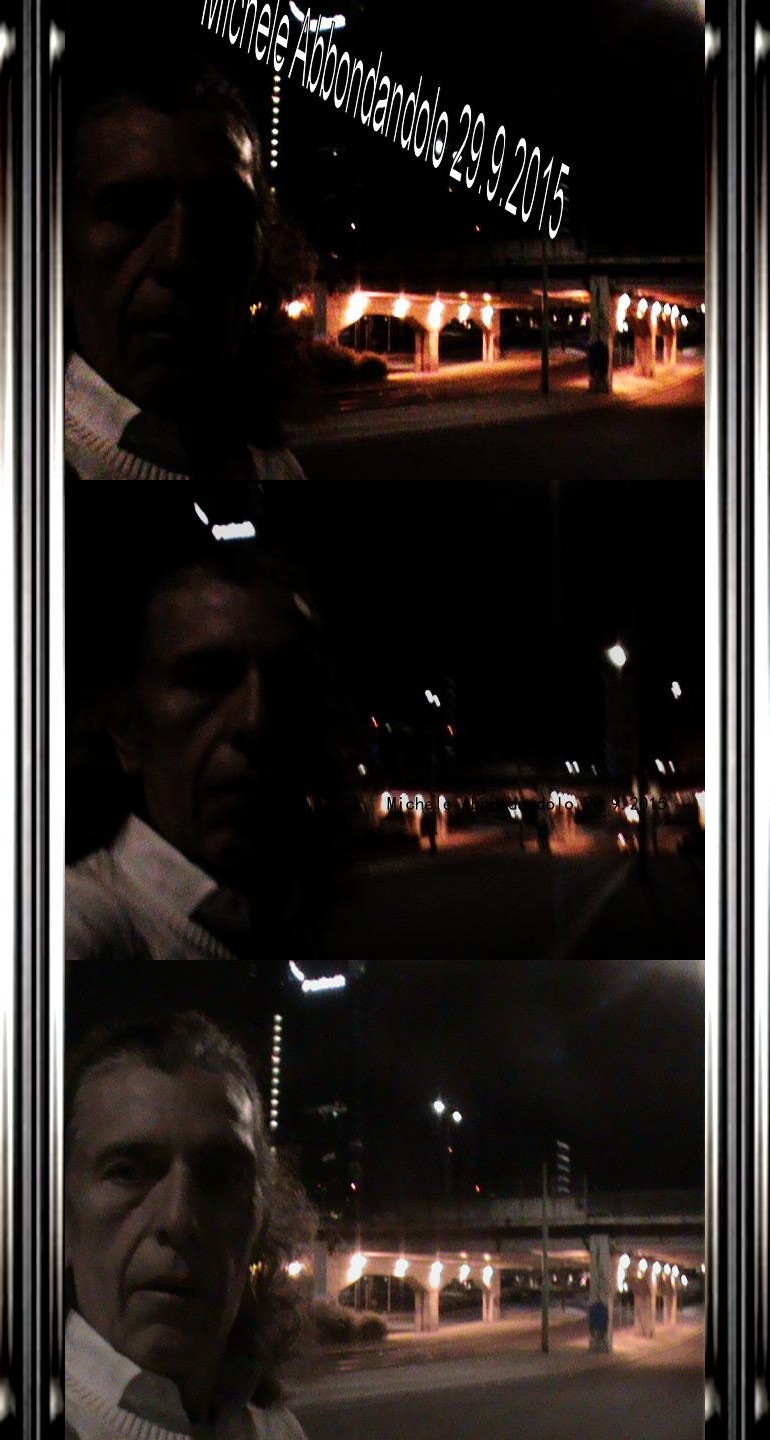

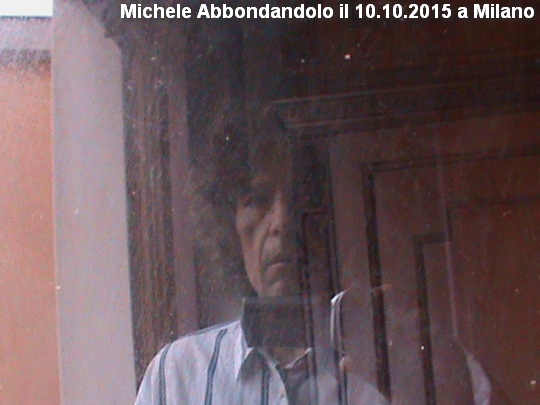
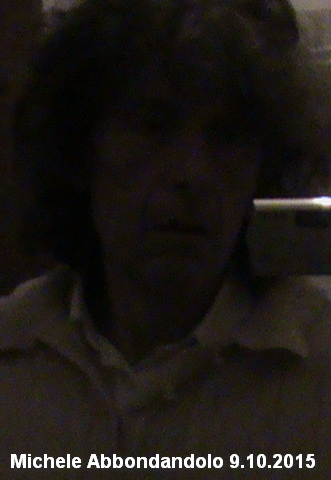

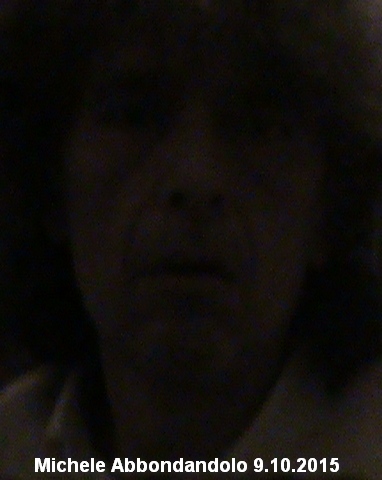
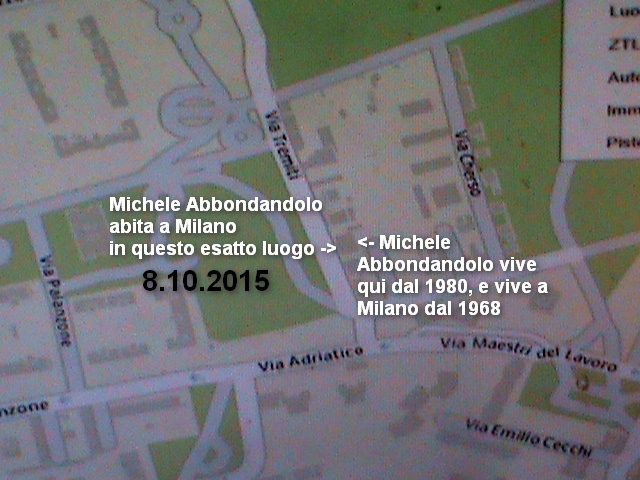
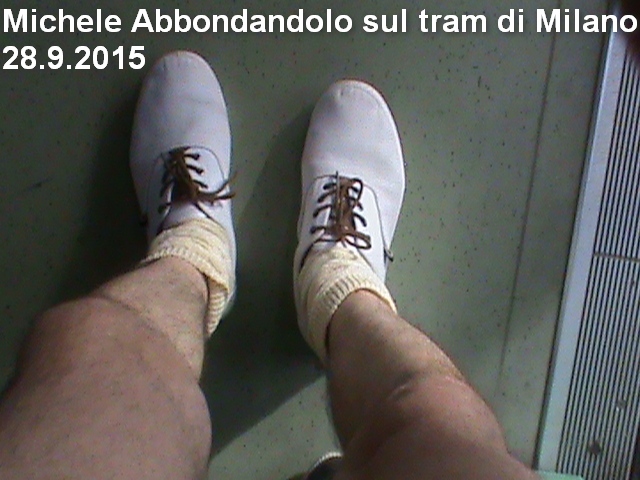 Dal 2001 bulldog per accoppiare 365 g. su 365 a Milano.
Dal 2001 bulldog per accoppiare 365 g. su 365 a Milano.
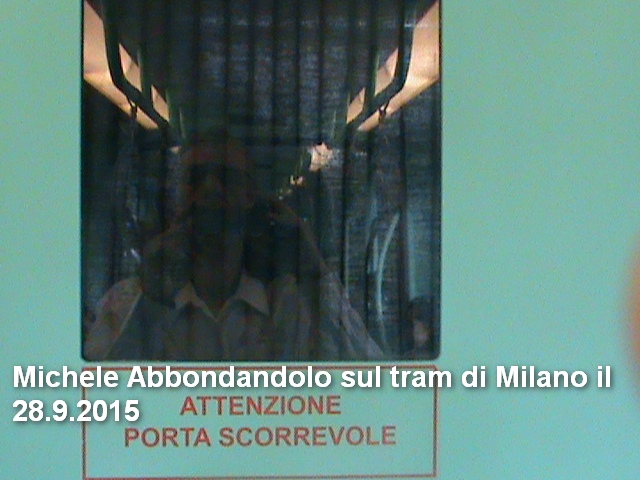 per cui sul sito belle fotografie dei quartieri di Milano dove uso stare.
1) P. Duomo, pure il 24.12 2) altri quartieri di Milano.
per cui sul sito belle fotografie dei quartieri di Milano dove uso stare.
1) P. Duomo, pure il 24.12 2) altri quartieri di Milano.
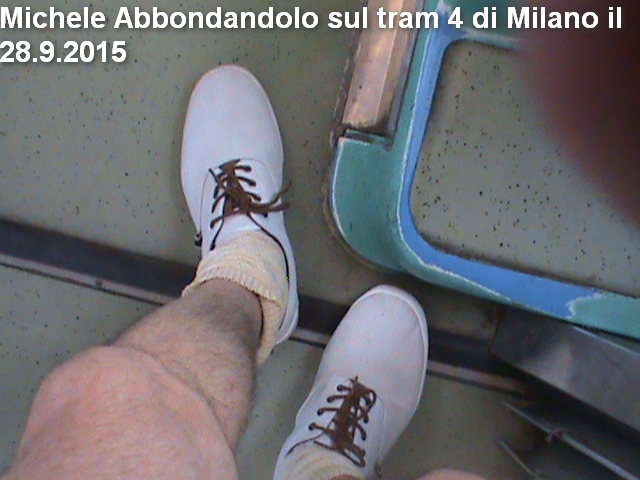
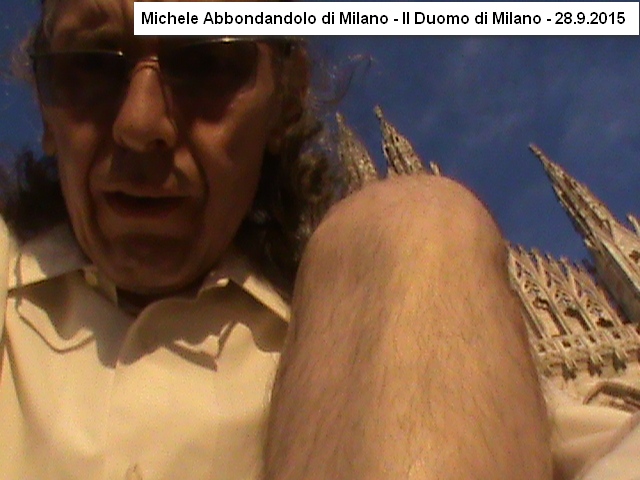
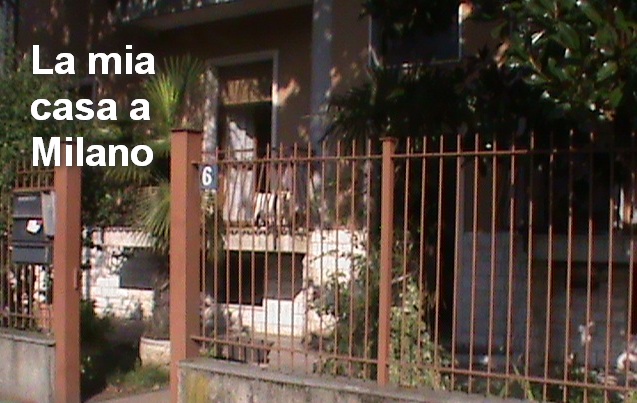
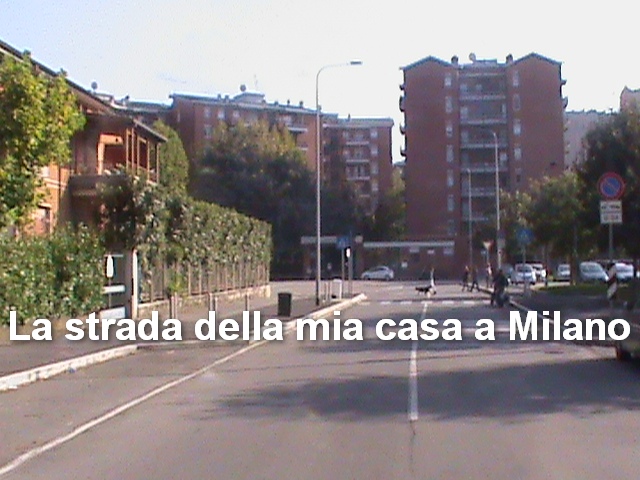
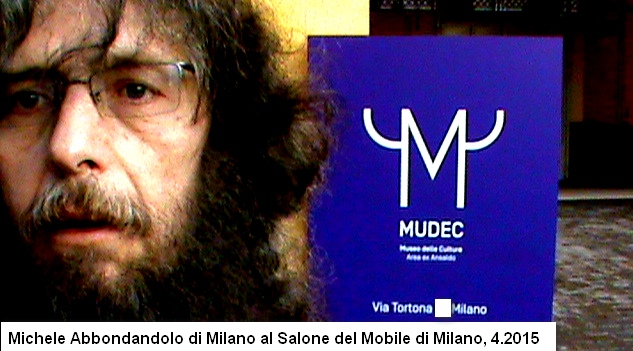
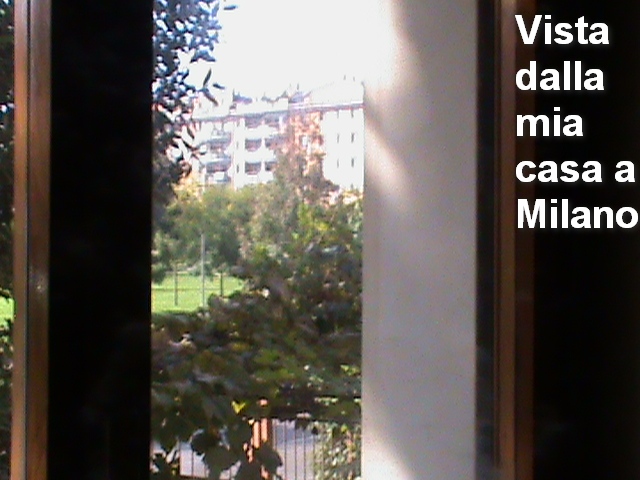
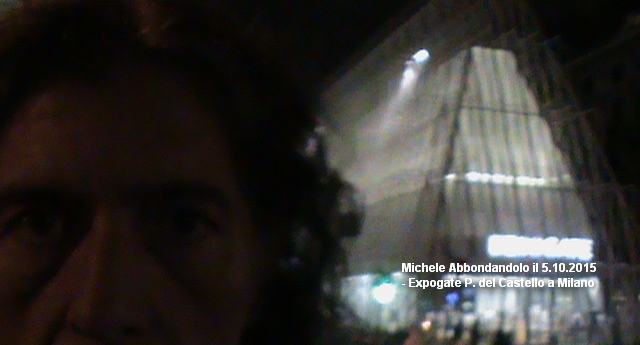
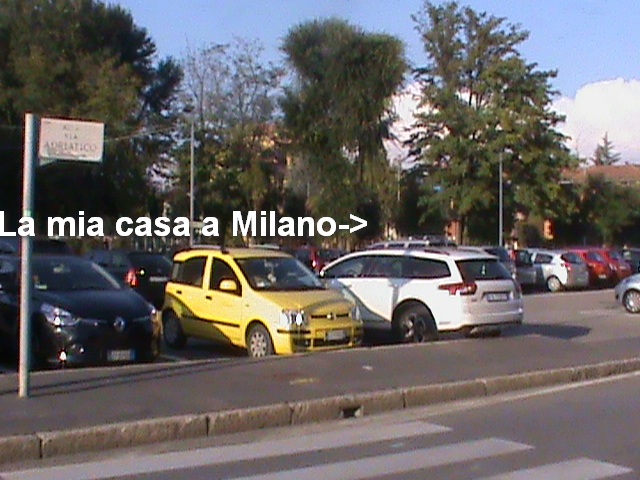
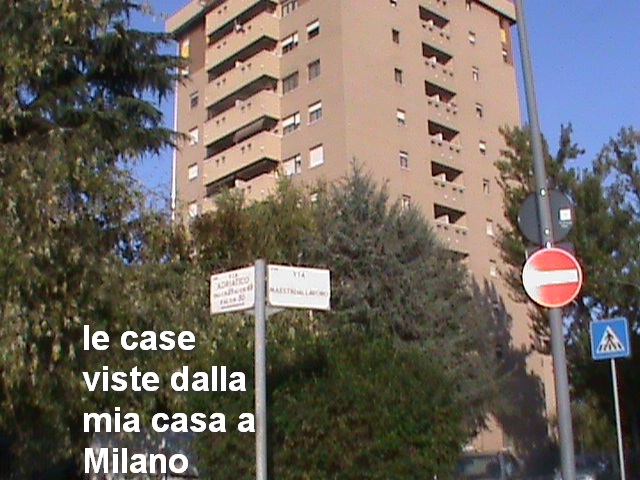
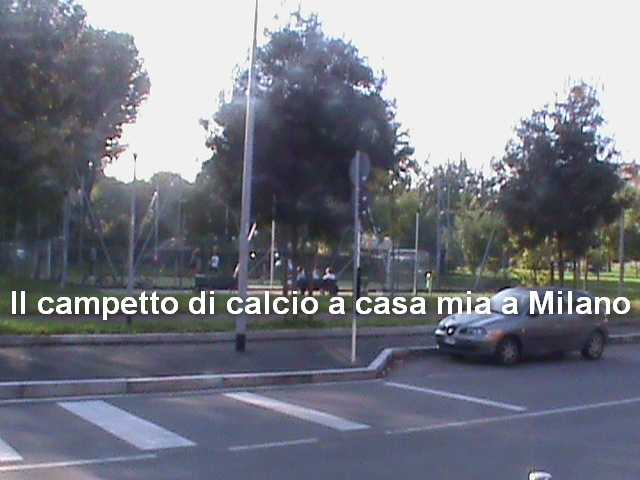
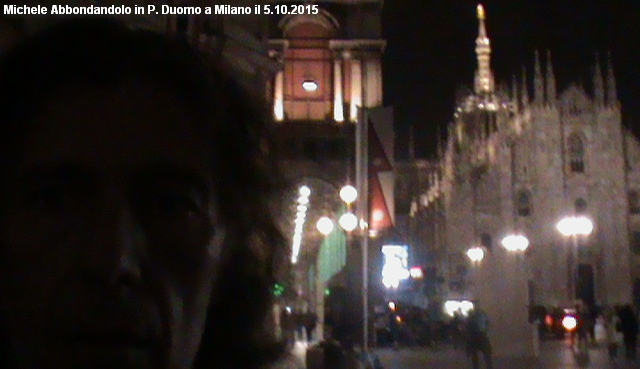

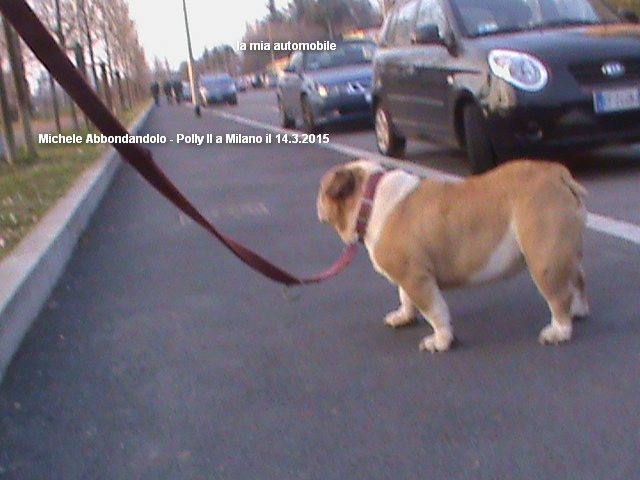
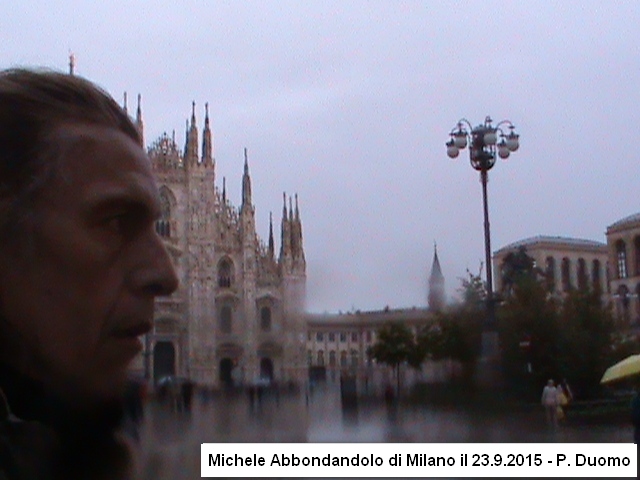
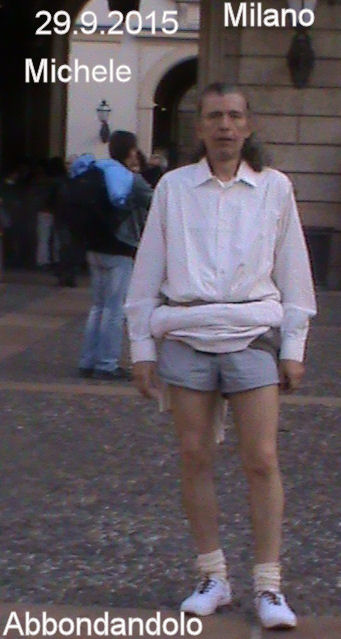
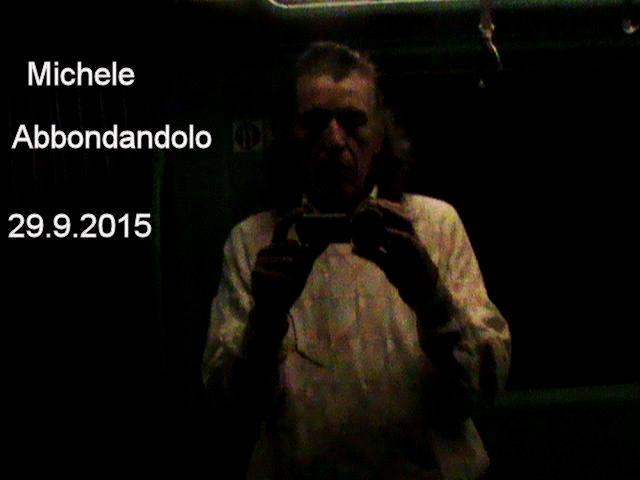



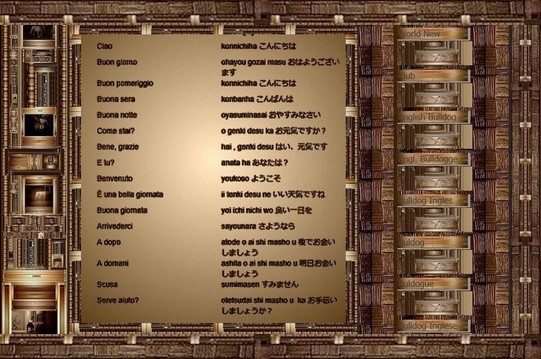

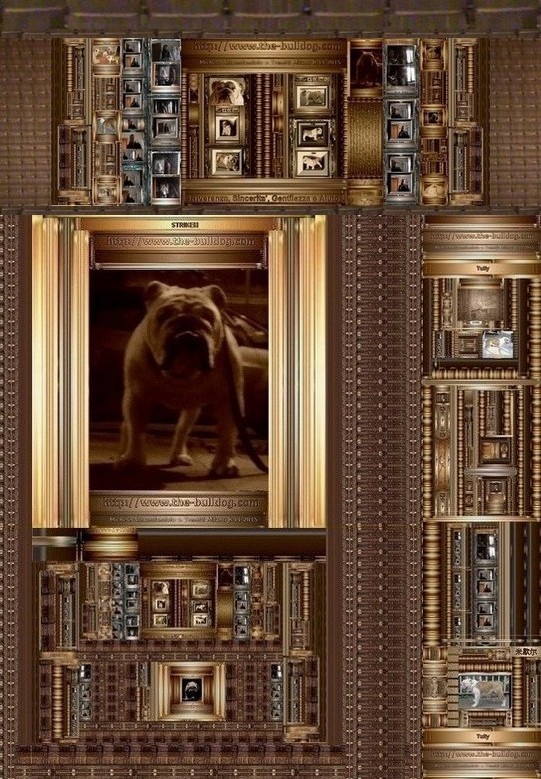
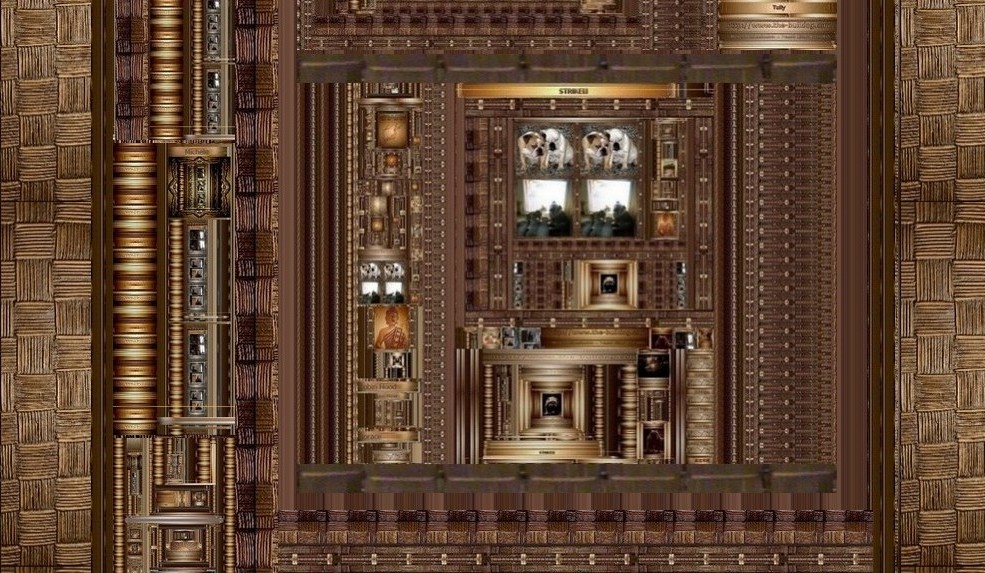
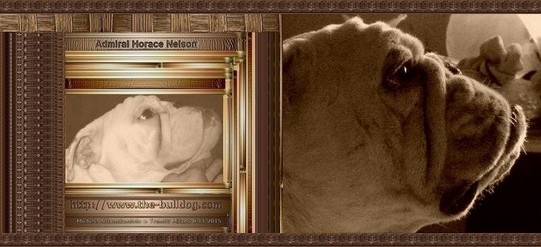
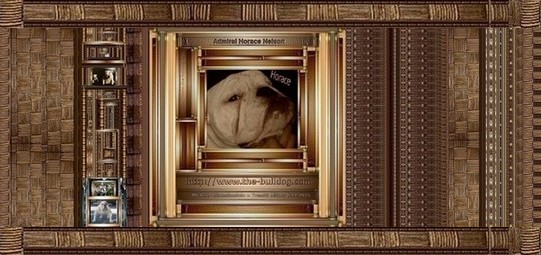
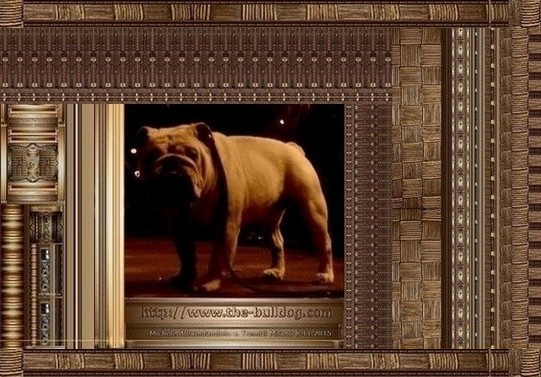
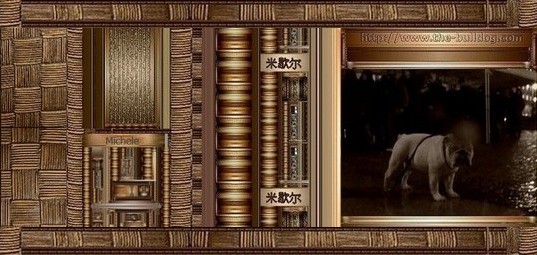
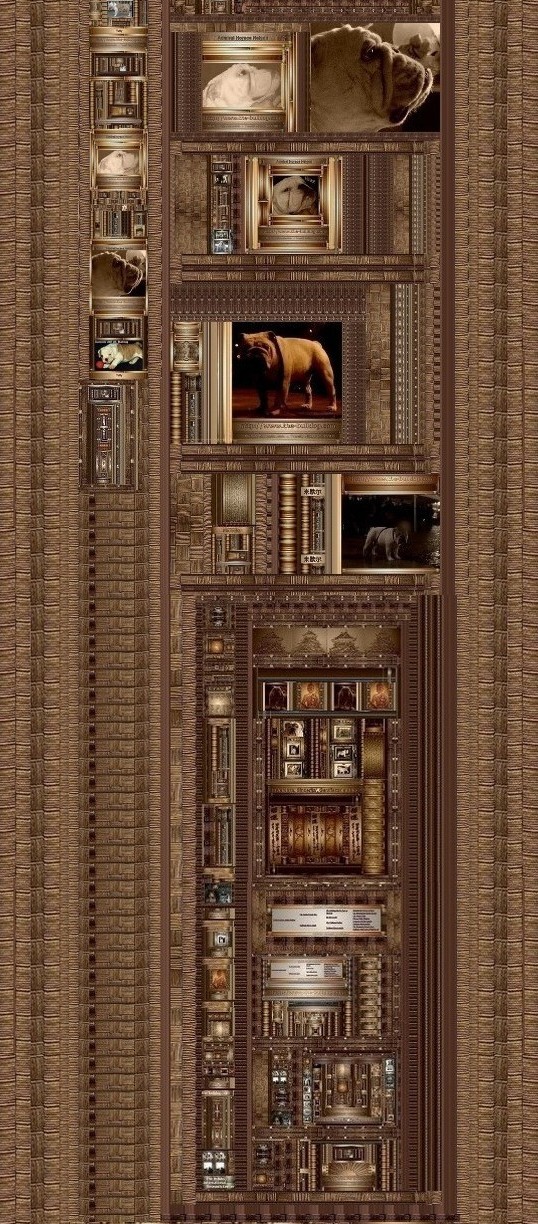

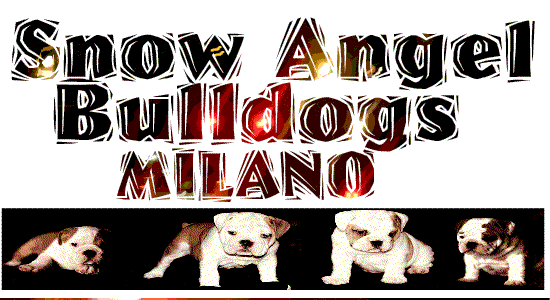
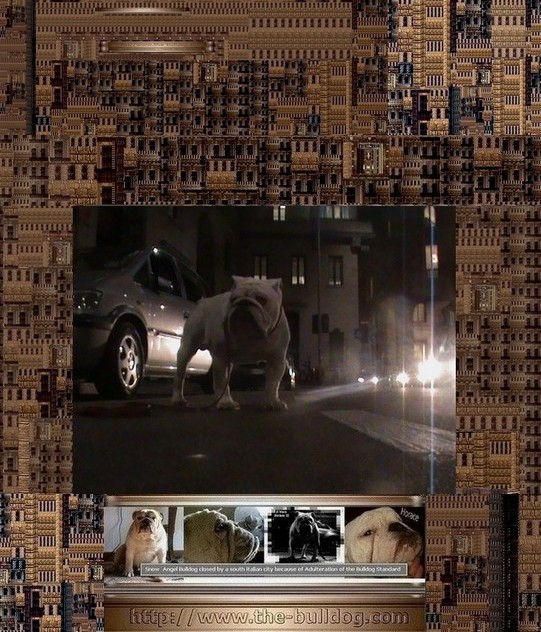
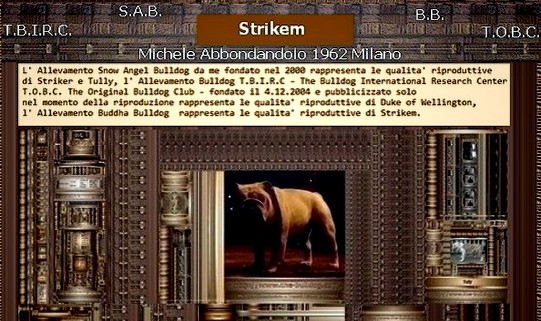 Happy Halleween 2023.
Happy Halleween 2023.
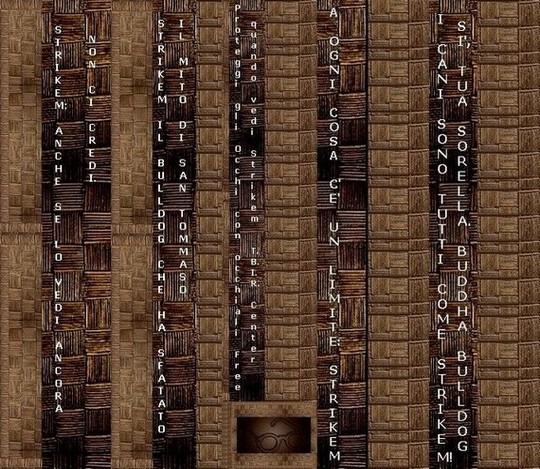

Webmaster Mike Va Ur, July 4, 1962.
- 2023 - Sept - 29.
-
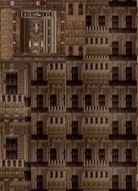
-


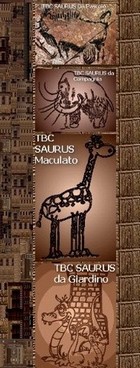
-
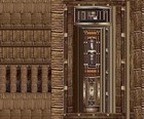


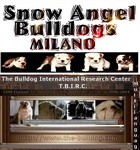 ___Homepage
___Homepage
 ___Languages
___Languages
 ___Mike Va Ur
___Mike Va Ur


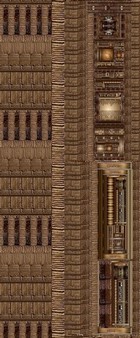

- Russian Borzoi
-

- Russian Dogs
-

-
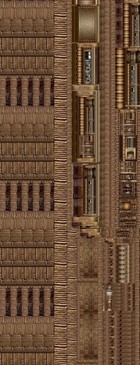


- Chinese Dogs
-

- Chinese Breeds
-

- Chinese Dog
-

- Chinese Dogs
-

- Chinese Breed
-
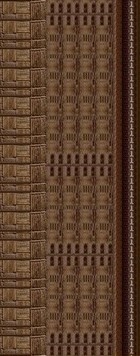
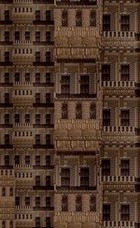
-

- China Dog
-

- Chinese Breedings
-

- China Dogs
-

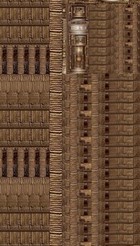
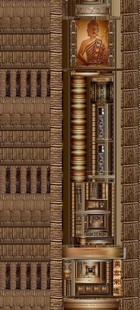
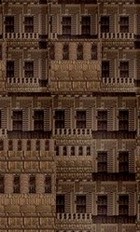
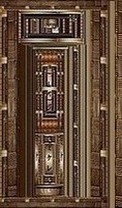
-

- Pug Dogs
-


-

- Breeds From China


-

- Chinese Breed
-

- Chinese Art
-
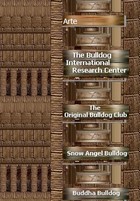
-

- Original Pug
-

- Guard Dogs
-

- Milano



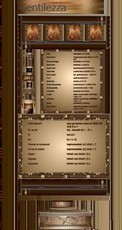
-


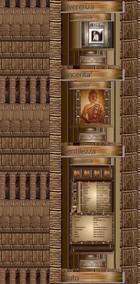

- British Bull

- World News
-

- Club


- Idioma
-

- English Bulldog
-

- Bulldog Ingles
-

- Buldog
-

- Buldogue
-

- Bulldog Inglese
-

- Bulldog Anglais
-

- ___Japam
-

- Abruzzo
-

- Basilicata
-

- Calabria
-

- Campania
-

- Friuli
-

- Emilia Romagna
-

- Lazio
-

- Liguria
-

- Lombardia
-

- Marche
-

- Molise
-

- Piemonte
-

- Puglia
-

- Sardegna
-

- Sicilia
-

- Toscana
-

- Trentino
-

- Umbria
-

- Veneto
-

- Val D'Aosta
-

-

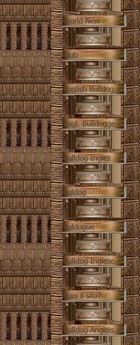
-

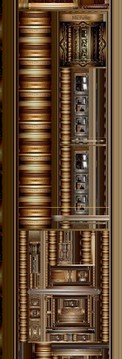
-

- Maculato
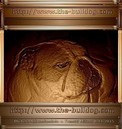
- __Killed by Law
-

- __Zed Garish
-

- the-bulldog.com
-


-
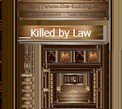
-

- Vuoi il sito?
-

- Robin Hood
-

- Strike
-

- Tully
-

- Jubilant
-

- Winston
-

- Little john
-

- Lord byron
-

- Polly

-
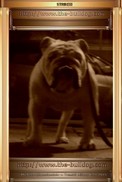
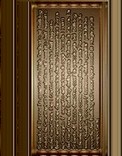
-
Mike Va
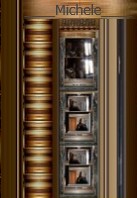
-

- ____Grafica
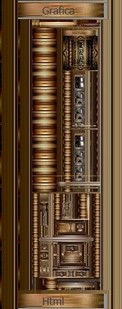
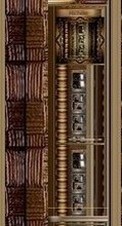 ____Html
____Html